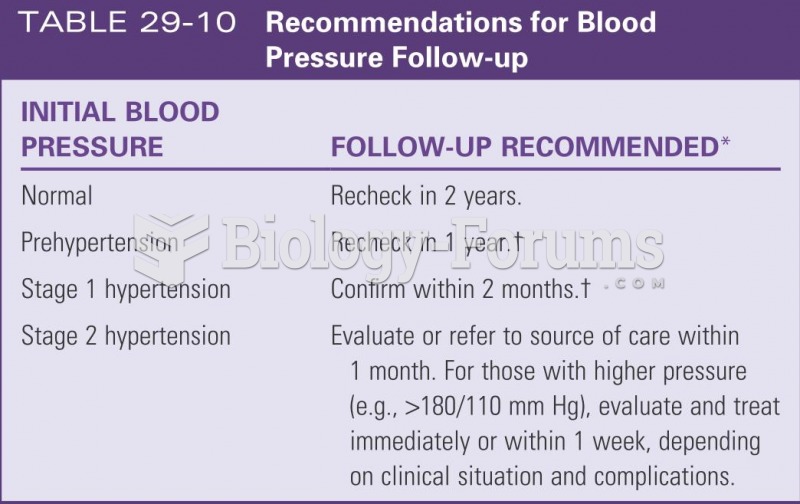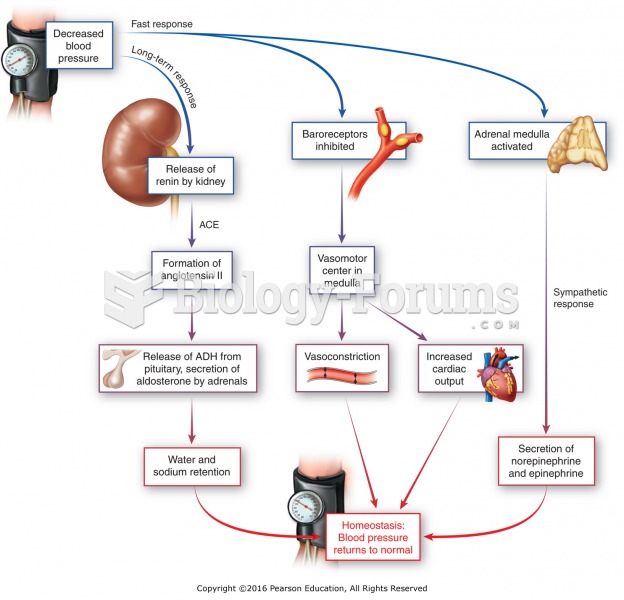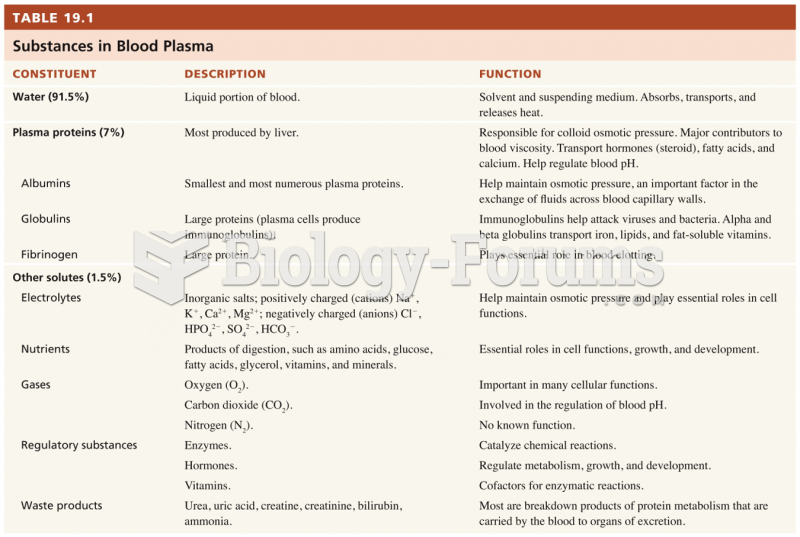Answer to Question 1
Correct Answer: 2
Rationale 1: Blood is not carried from the intestine to the liver through an artery.
Rationale 2: The portal vein carries blood from the intestine to the liver.
Rationale 3: Blood is not carried from the intestine to the liver through osmosis.
Rationale 4: Blood is not carried from the intestine to the liver through active transport.
Global Rationale: The hepatic portal system is a network of venous vessels that collects blood draining from the stomach, small intestine, and most of the large intestine. This blood is extremely rich in nutrients because it contains substances absorbed during digestion. It is important to know that this blood is delivered to the liver via the hepatic portal vein before it reaches the arterial circulation. The liver then can remove, store, excrete, or perform metabolic functions on these substances before they are sent into the inferior vena cava to reach other organs.
Answer to Question 2
Correct Answer: 1,2,5
Rationale 1: Certain drugs, including digoxin, are eliminated in the bile and reabsorbed by enterohepatic recirculation, which recycles the drug multiple times and can significantly extend a drug's half-life and cause increased adverse effects.
Rationale 2: Certain drugs, including morphine, are eliminated in the bile and reabsorbed by enterohepatic recirculation, which recycles the drug multiple times and can significantly extend a drug's half-life and cause increased adverse effects.
Rationale 3: Demerol does not have an extended half-life.
Rationale 4: Fentanyl does not have an extended half-life.
Rationale 5: Certain drugs, including estrogen, are eliminated in the bile and reabsorbed by enterohepatic recirculation, which recycles the drug multiple times and can significantly extend a drug's half-life.
Global Rationale: Certain drugs, including digoxin (Lanoxin), morphine, and estrogens, are eliminated in the bile and are reabsorbed by enterohepatic recirculation. Enterohepatic recirculation recycles the drug multiple times and can significantly extend a drug's half-life. Interactions can occur if one drug interferes with the enterohepatic recycling of another drug. Demerol and fentanyl are not affected by enterohepatic circulation.







